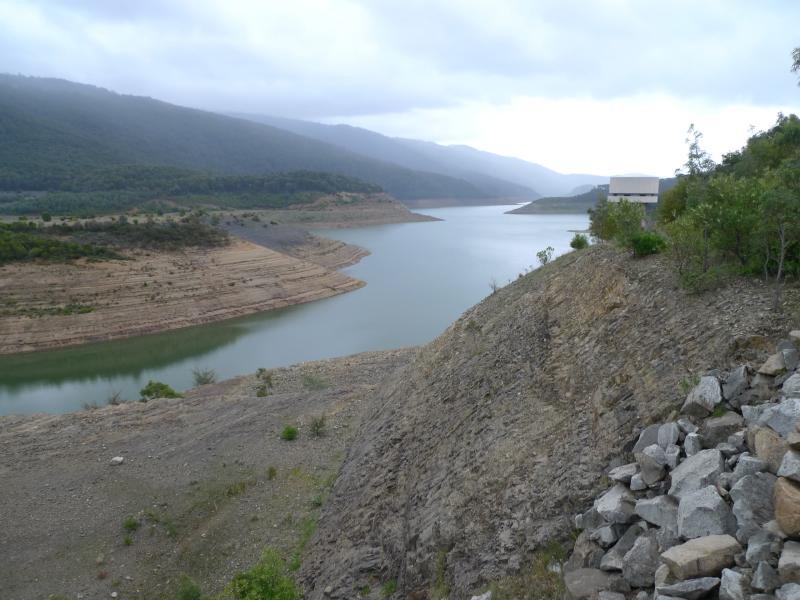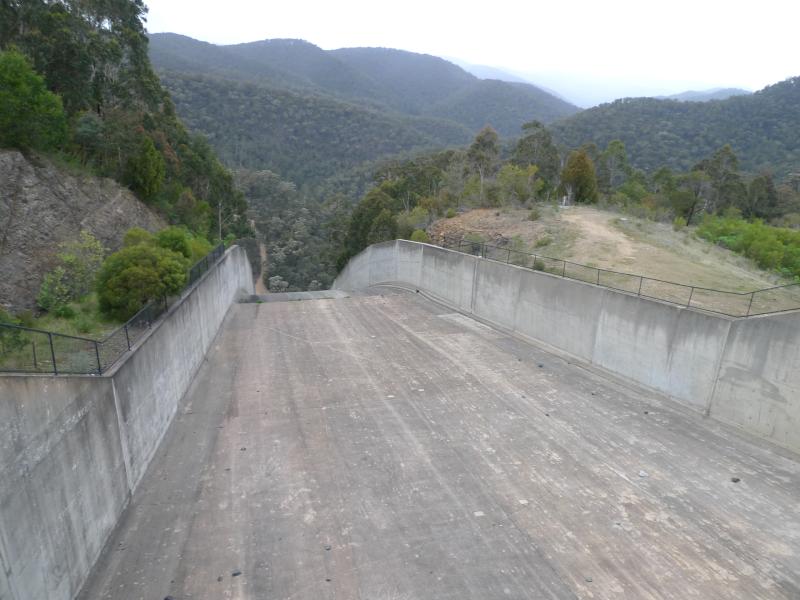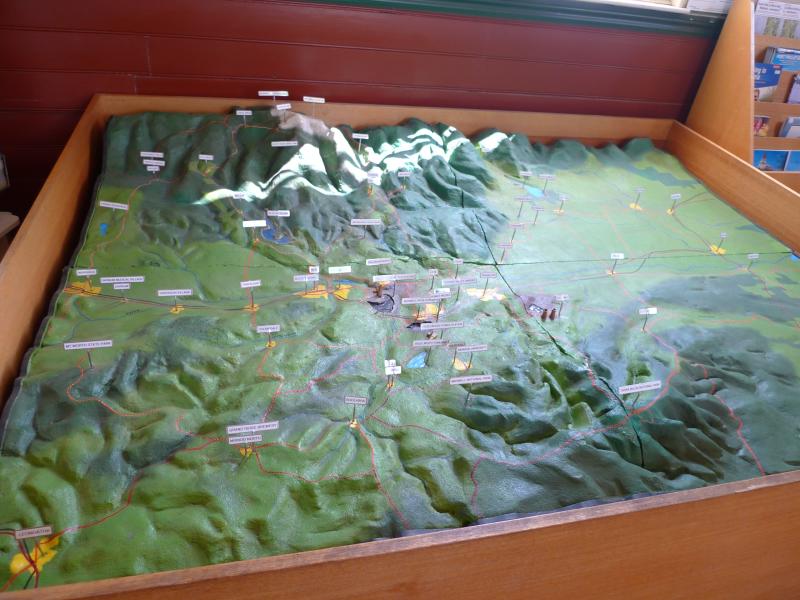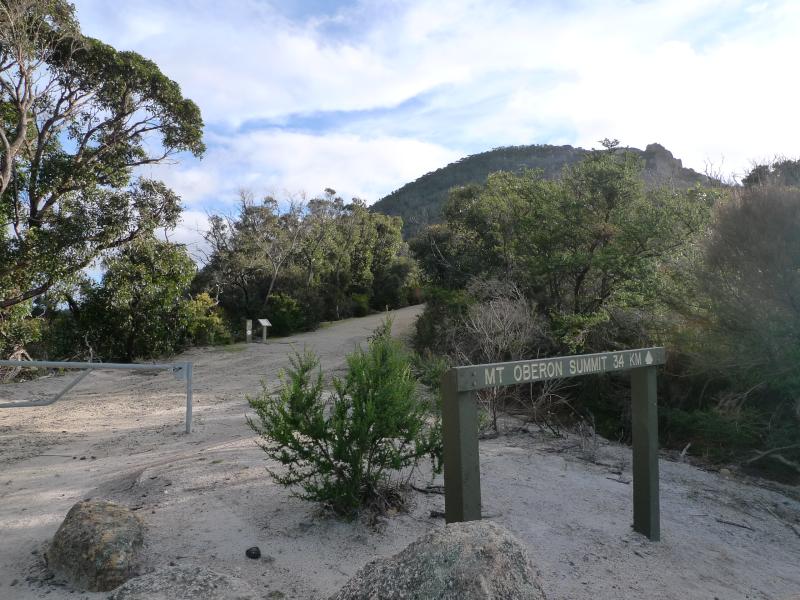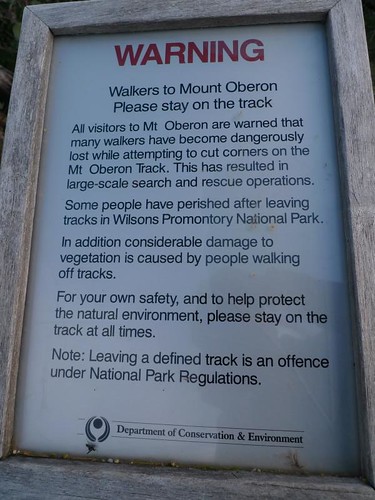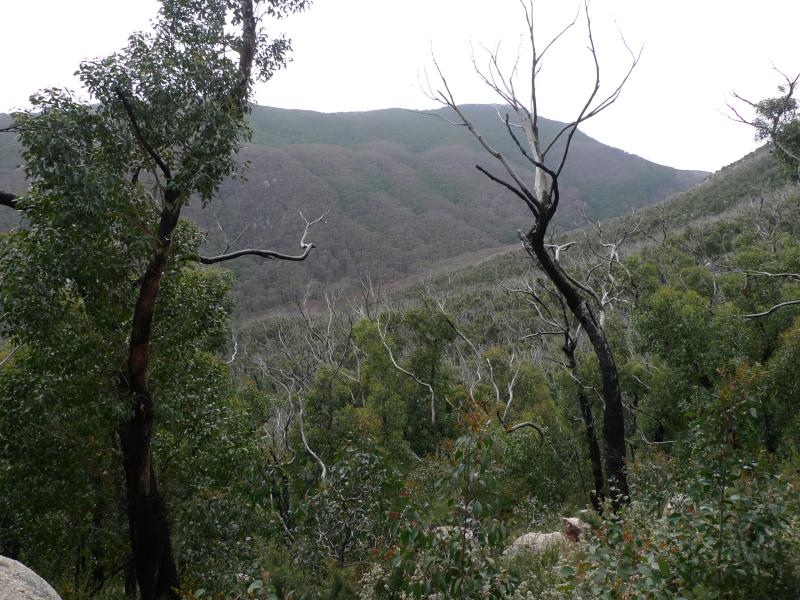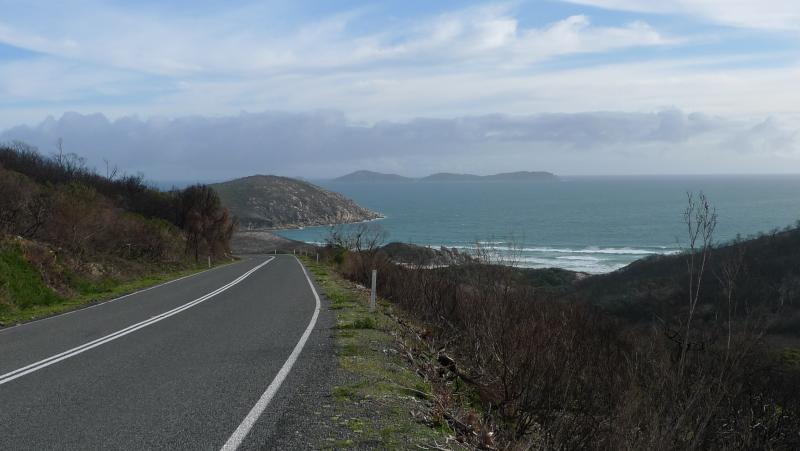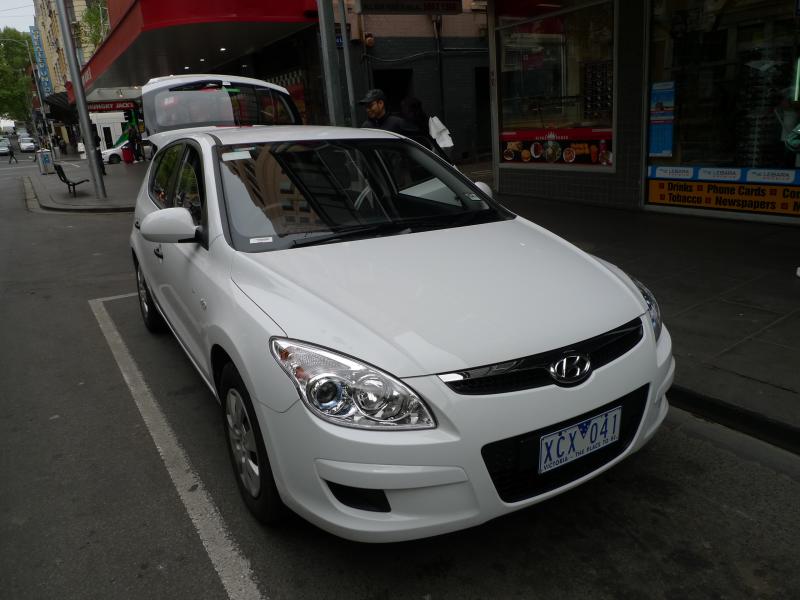
Like peacocks, we all have our pride (beautifully shot by ClaraDon)
There is nothing worse in the marketing rulebook than to humiliate one’s potential customers. Or to make them look or feel inadequate, insecure, or just plain stupid.
Often, these outcomes are unintentional and accidental, but they result in an eroding of a company’s goodwill and trust amongst its customer base. They also result in negative word-of-mouth, which is an affliction that can result in untimely corporate morbidity.




